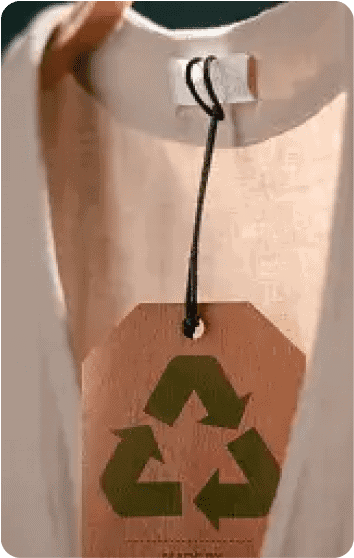
Approximately 15% of worldwide fashion consumers currently exhibit a strong commitment to sustainability, consistently reflecting this concern in their purchase choices to reduce their environmental impact. This proportion of environmentally conscious consumers is anticipated to surpass 50% in the future, driven by the growing prominence of sustainable practices in the industry (Bain & Company, 2022).
To accelerate positive transformation in the fashion industry, brands must:
- Recognize that offsetting carbon cannot serve as a replacement for genuine emissions reductions.
- Used more — where excess inventory is reduced/not destroyed, and customers are empowered with tools to maintain the physical/ emotional appeal of products (Ellen MacArthur Foundation, 2020)
- Remanufactured — where landfilling, incineration, or waste-to-energy practices are avoided (Ellen MacArthur Foundation, 2020)
- Crafted using eco-friendly and renewable materials/processes — free from hazardous substances, microfibre plastics, reduced use of virgin raw materials, etc. (Ellen MacArthur Foundation, 2020)
- Engage consumers on product quality, product durability and information regarding impact per wear/ expected lifespan of the product (Bain & Company, 2022).
- Address the information gap by increasing transparency via better in store displays, labelling, and product descriptions, to promote consumer understanding of the impact of their fashion choices (Bain & Company, 2022).
- Move towards incorporating responsible materials
Spotlight

